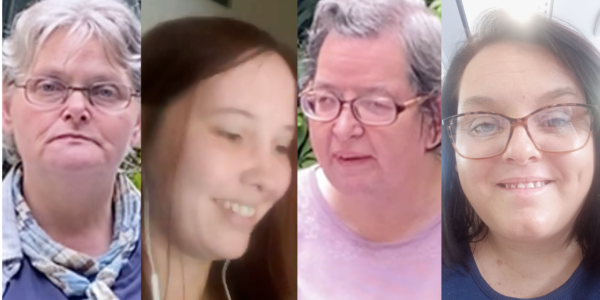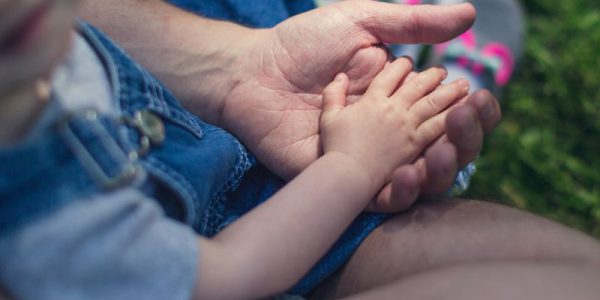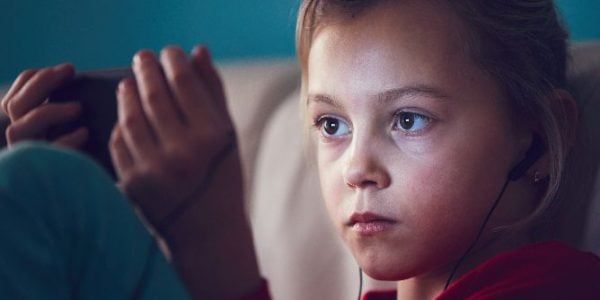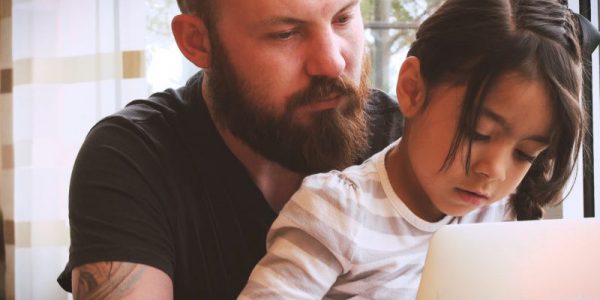A wealth of research and evidence shows that when children are separated from their birth families and are either adopted, placed in long- term local authority care, or live with a kinship carer, maintaining contact with the people who are important to them—from separation and right throughout childhood—has significant impact on their well-being.1
Having contact with birth relatives can help adopted children cope with loss and separation, navigate identity issues, and make sense of the past. Over time, it can potentially help to build or sustain direct relationships with birth parents, siblings, and extended family members.
When maintained, the ‘letterbox’ system typically used for facilitating contact between birth and adoptive families serves as a way of addressing children’s identity needs. However, it is focused on the exchange of information as its primary purpose— rather than maintaining meaningful opportunities for connections—and is a notoriously difficult way of enabling rewarding and lasting contact.
Sustaining positive exchanges through letters sent over time can be challenging. Letter writing may be difficult for some people. It may lack relevance for the parents and the child involved, and takes place in emotionally difficult contexts. It can also be complex and time-consuming for adoption agencies to manage.
In addition, the ‘rules’ on what can be shared can differ between local authorities, and can appear arbitrary.
Evidence suggests that this almost universal approach to post-adoption contact, which has been the norm for 20 years, needs substantial change to make it fit for the modern world.
Through our adoption connections project, we consulted over 80 people and organisations, including birth families, adoptive families, young people, local authorities, and regional and voluntary adoption agencies in England on modernising mediated post-adoption contact.2
The project included an exploration of how digital solutions could help to address some of the known difficulties of letterbox contact—and we also examined, demonstrated, and encouraged pilot digital products and services. We have identified that using digital forms of communication to modernise letterbox contact may, if implemented carefully, better meet the needs of some families and children in this complex area.
This paper outlines our learnings from the consultation, which took place over a six-month period in 2020/21, and draws on existing research into contact, post-adoption contact and virtual contact.3 We aim to highlight some of the issues that adoption agencies should consider when planning to modernise their systems and approaches.










